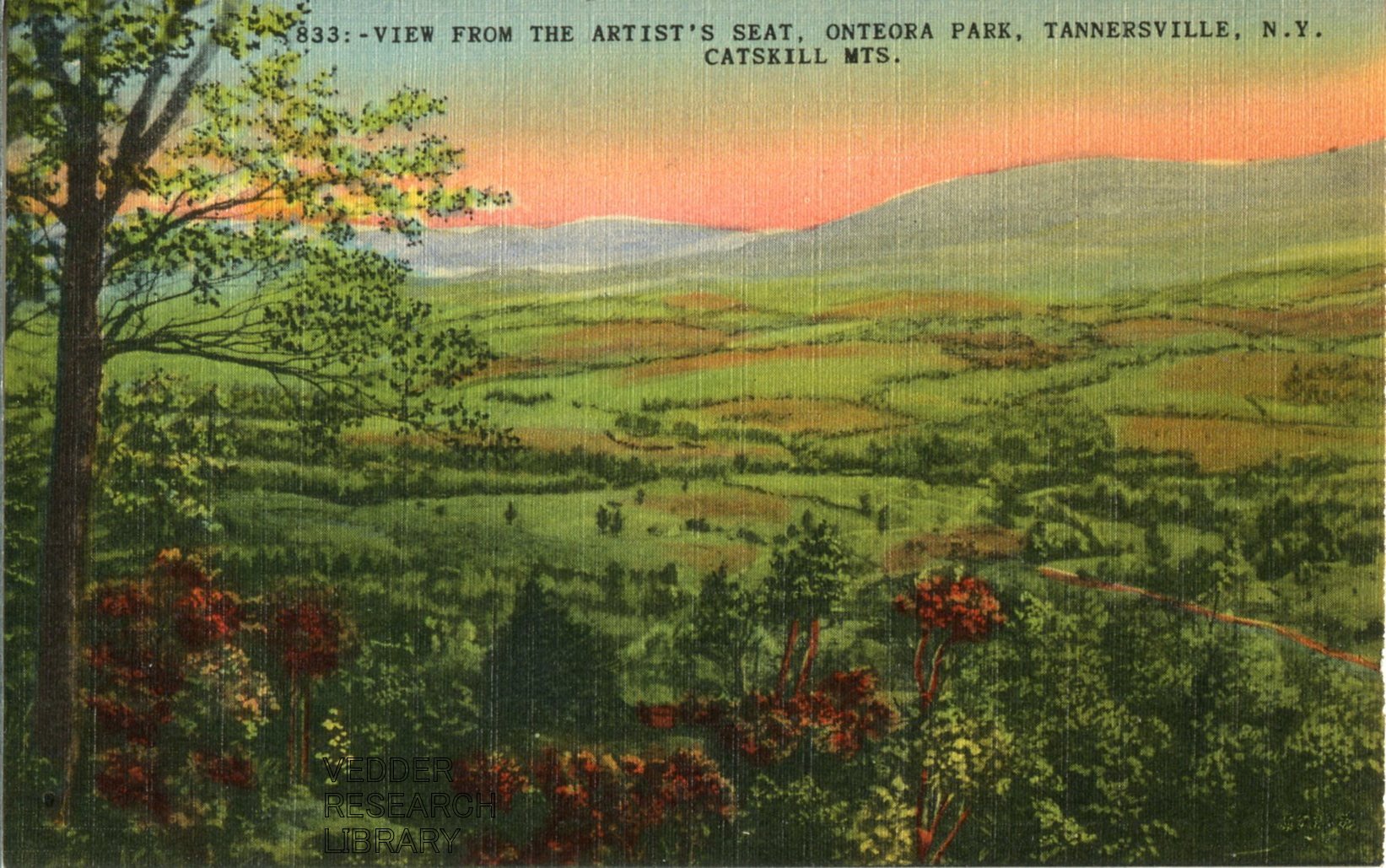
Greene County Gleanings
Greene County Gleanings #1
Written by Raymond Beecher
Originally published in Greene County News, January 28, 1993
Transcribed and edited by the Vedder Research Library, November 6, 2024
Even after the repeal of the XVIIIth amendment (ratification of the XX1st came in December 1933) stills could continue to be a very profitable operation, cheating the federal government out of millions of dollars of tax revenue. One of the largest such operations was carried on in the townships of Coxsackie and New Baltimore. The more isolated, run-down icehouses were ideal for this purpose. With the collapse of the natural ice industry along the Hudson, these properties had little value and could be acquired with minimal investment.
For several months in 1933 federal alcohol tax unit investigators became increasingly aware of the fact that a large quantity of untaxed alcohol was being marketed in the Albany area. Suspicion finally centered on the Greene County river towns of Coxsackie and New Baltimore, but it was not until March of 1934 that the federal agents felt they had enough evidence to indict the “bigwigs.” Indicted were two New York City corporations and nineteen individuals, all in Federal Court; only one Greene County man was among those charged although it has long been said local labor was involved in a period of large-scale unemployment.
The specific charge was “conspiracy to defraud the United States government of $1,125,000 taxes on approximately 300,000 gallons of alcohol. This was based on the rate of $3.75 the gallon tax. Also indicted was a molasses corporation for supplying the ingredients for distillation as well as a lighterage firm for hauling by truck to and from the Coxsackie and New Baltimore sites.
Where were the two stills? The Coxsackie operation took place on the Salt Dock, Four Mile Point, adjacent to the new town park. Farther north, the New Baltimore illegal effort was at the old Armstrong icehouse. Of the two, Coxsackie’s daily capacity was estimated at 4,000 gallons while New Baltimore’s came to 10,000. It was “big business” and a segment of Local History almost forgotten.
